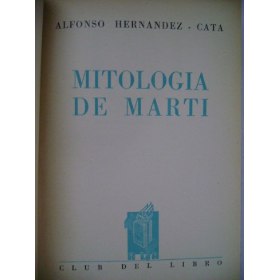4.2.7.1 Most important narrative pieces by Alfonso Hernández Catá (1885 – 1940)

The narrative discourse of Alfonso Hernández Catá begins with the publication in 1907 of “Cuentos pasionales” (Passionate Tales), whose most outstanding texts, according to Alberto Garrandés, “illustrate a counterpoint between the real order and the ideal order of things, discrepancies that embody very singular beings due to the type of conduct that identifies them. (…) for him, men and their universe of ideas are in the place of God, nature, in paradise, and the human soul – its contradictions – in hell.”
For his part, “The Seven Sins,” from 1920, contains a series of highly melodramatic narratives, bordering on the so-called serial novel, but with more profound investigative pretensions. The text expresses his interest in social phenomena, from the individual’s perspective, that deviate from the established, from customary moral values, and even crime, death—in short, behaviors associated with extreme situations.
“The Heart” and “The Book of Love,” the latter composed of long narratives, reflect a certain sentimentality and a variety of spaces in which Hernández Catá always prioritizes intimate drama, the conflict within the human, universal in the presentation of atypical and timeless situations. However, the second text features the story “The Salt Sower,” of greater aesthetic significance, which has contemporary Havana as part of its background and touches on the conflicts arising from the division between social classes.
“Piedras preciosas,” from 1924, as its title suggests, presents a strong modernist legacy, recreating exotic themes and symbols unusual in its narrative until that time. “Los chinos,” featured in this work, constitutes one of the most important pieces in our narrative history, as it addresses the difficult living conditions of immigrant braziers in Cuba from a perspective that breaks with the racial prejudices of the era.
In “Four Pounds of Happiness,” there are stories with both foreign and national themes, the latter centered around Havana and an urban marginality that is perhaps not exclusive to the island but that presents distinctive characteristics. This does not address in depth the sociopolitical causes and behavioral regularities in social groups, but rather the individual discourse, especially on the mental level.
Other narrative texts, such as “Estrellas errantes”, “La voluntad de dios” and “Una mala mujer”, the first two from 1921 and the last from 1922, have more dispersed thematic nuclei given the variety of interests that motivated Hernández Catá’s writing; however, the great human dilemmas are present in these, the search for ethics beyond social conventions and happiness as the ultimate leitmotif, which is preceded by the sometimes absurd moral norms that the individual has been forced to assimilate for his psychological survival.








